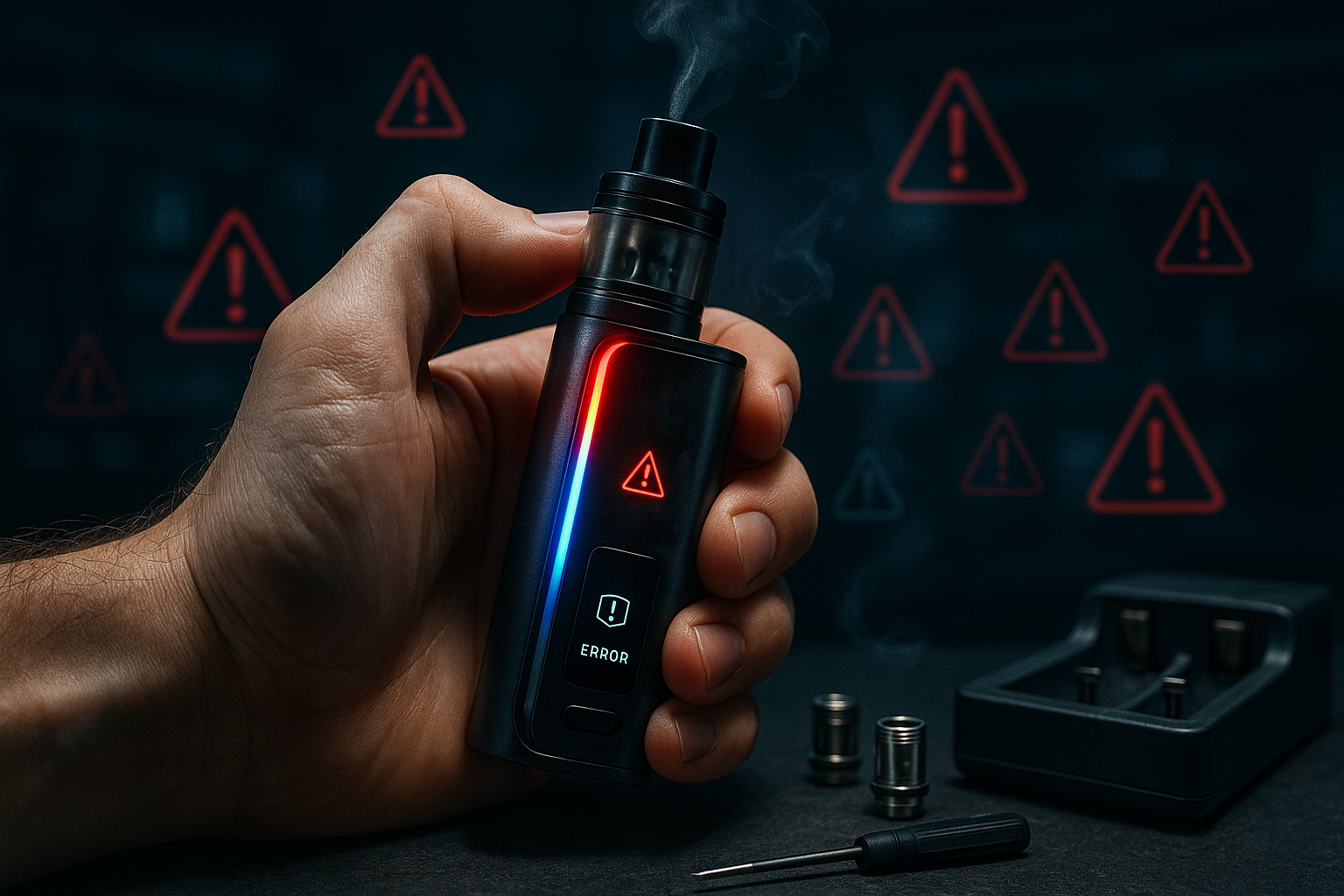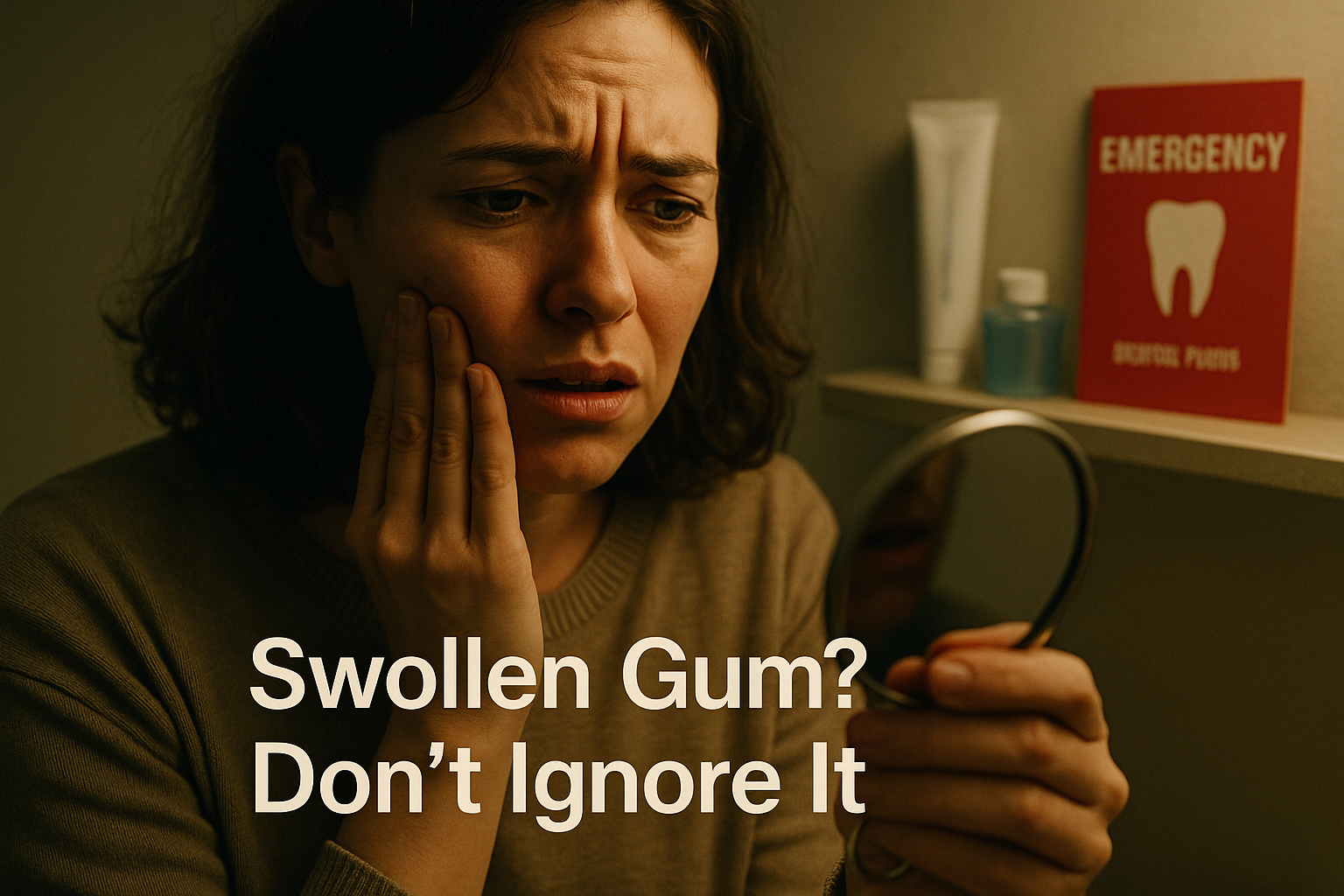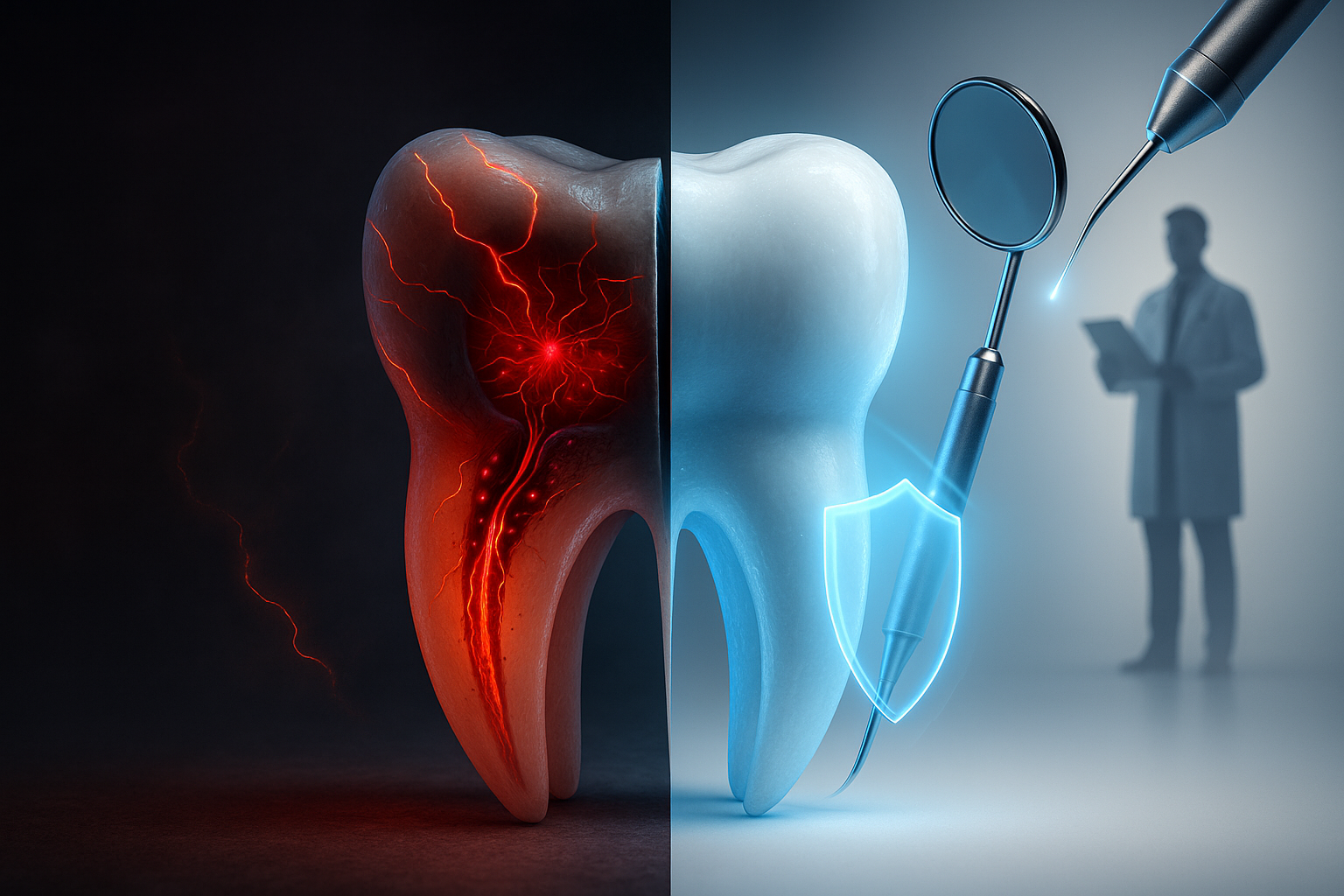
Why Is My Gum Swollen Around One Tooth? Causes, Treatments, and When to Worry

Have you ever looked in the mirror and noticed that your gum is swollen around just one tooth? This localized swelling can be concerning and uncomfortable, leaving you wondering what's happening in your mouth. While occasional gum irritation is common, persistent swelling around a single tooth often signals an underlying issue that needs attention.
Gum swelling around one tooth is a specific symptom that can stem from several different causes, ranging from minor irritations to more serious dental conditions. Understanding why this happens and knowing how to address it can help you maintain your oral health and prevent complications.
What Causes Gum Swelling Around One Tooth?
When you notice swelling limited to the gum tissue surrounding a single tooth, several factors could be responsible:
1. Food Debris and Poor Oral Hygiene
One of the most common causes of localized gum swelling is food particles trapped between your teeth or under your gumline.
"If you only notice swelling around one tooth, it could be something as simple as food stuck in your gums. Generally, this type of inflammation goes away once you remove the food particle," according to the Cleveland Clinic.
Something as small as a popcorn hull or seed can become lodged between your tooth and gum, causing irritation and inflammation. Without proper brushing and flossing, plaque—a sticky film of bacteria—builds up along your gumline, leading to inflammation.
2. Early-Stage Gum Disease (Gingivitis)
Gingivitis is the initial stage of gum disease characterized by inflammation of the gums. It develops when plaque accumulates along the gumline and isn't removed through regular brushing and flossing.
"This condition is caused by bacteria built up around your gumline and has turned into plaque (a soft, sticky, colorless film). In its earliest stages, gingivitis can cause swelling around specific teeth," notes Colgate.
Signs of gingivitis include:
- Red, swollen gums
- Bleeding when brushing or flossing
- Bad breath
- Tender gums
Read Also: How to make Numbness go away after Dental Work
3. Dental Abscess
A more serious cause of swelling around one tooth is a dental abscess—a pocket of pus that forms due to bacterial infection. Abscesses can develop at the tooth root (periapical abscess) or in the gums beside a tooth (periodontal abscess).
"It is possible for your gum to be swollen around one tooth because of pus collection, known as a dental abscess. It is a consequence of advanced gum disease," explains Riverside Dental.
Symptoms of a dental abscess include:
- Severe, throbbing pain
- Sensitivity to hot and cold
- Fever
- Facial swelling
- A bitter taste in the mouth
- Difficulty swallowing or breathing (in severe cases)
4. Injury or Trauma
Physical trauma to your tooth or gum can cause localized swelling. This might happen from:
- Aggressive brushing with a hard-bristled toothbrush
- Accidental injury while eating hard foods
- Sports injuries
- Dental procedures
Read Also: Why is the Roof of my Mouth Yellow?
5. Emerging Wisdom Teeth
If the swelling is around a back tooth, it could be related to wisdom teeth. When wisdom teeth begin to emerge (typically between ages 17-25), they can cause inflammation in the surrounding gum tissue, especially if they're impacted or emerging at an angle.
6. Cracked Tooth or Filling
A crack in your tooth or a damaged filling can create space for bacteria to enter, leading to inflammation and infection in the surrounding gum tissue.
How to Treat Swollen Gums Around One Tooth
Treatment for swollen gums depends on the underlying cause. Here are effective approaches to address this issue:
Home Remedies
For mild cases of gum swelling, these home remedies may provide relief:
1. Saltwater Rinse
A warm saltwater rinse is one of the simplest and most effective remedies for reducing gum inflammation.
How to do it: Mix 1/2 teaspoon of salt in 8 ounces of warm water. Swish the solution around in your mouth for 30 seconds, focusing on the affected area, then spit it out. Repeat 2-3 times daily.
2. Improved Oral Hygiene
Proper brushing and flossing can help remove food particles and plaque that may be causing the swelling.
Best practices:
- Brush gently twice daily with a soft-bristled toothbrush
- Use fluoride toothpaste
- Floss daily, being careful around the swollen area
- Consider using an interdental brush for better cleaning between teeth
3. Warm and Cold Compresses
Alternating between warm and cold compresses can help reduce swelling and alleviate pain.
How to apply: Hold a warm compress against your face near the affected area for 5 minutes, then switch to a cold compress for another 5 minutes. Repeat several times throughout the day.
4. Over-the-Counter Pain Relievers
Non-prescription pain medications can help manage discomfort while the gum heals.
"Ibuprofen can alleviate discomfort temporarily while addressing the underlying cause of swollen gums," according to Medical News Today.
5. Herbal Remedies
Several natural substances have anti-inflammatory and antimicrobial properties that may help with gum swelling:
- Tea tree oil rinse: Dilute a few drops in water and use as a mouth rinse
- Turmeric gel: Apply directly to the affected gum
- Aloe vera gel: Apply to the swollen area for soothing relief
Professional Dental Treatments
If home remedies don't improve the condition within a few days, or if symptoms are severe, professional dental treatment is necessary:
1. Professional Cleaning
A dental cleaning (scaling and polishing) removes plaque and tartar buildup that can't be eliminated through regular brushing and flossing.
2. Abscess Treatment
If an abscess is present, your dentist may:
- Drain the abscess to remove the infection
- Prescribe antibiotics to fight the infection
- Perform a root canal if the infection has reached the tooth pulp
- Extract the tooth if it's severely damaged
3. Periodontal Therapy
For gum disease, your dentist might recommend:
- Deep cleaning (scaling and root planing)
- Antibiotic treatments (oral or topical)
- Surgical interventions for advanced cases
When to See a Dentist
While some minor gum swelling may resolve with home care, certain situations require prompt professional attention:
Seek Immediate Dental Care If:
- The swelling is severe or spreading to your face or neck
- You have a fever along with the swelling
- You're experiencing severe pain that isn't relieved by over-the-counter pain medications
- You have difficulty swallowing or breathing
- The swelling appeared suddenly and is getting worse rapidly
Schedule a Dental Appointment If:
- Swelling persists for more than a week despite home treatment
- You notice pus or discharge around the tooth
- The affected tooth feels loose
- You have recurring episodes of gum swelling in the same area
"People should visit the dentist if the swelling persists for more than a week. An earlier appointment is necessary if a person suspects a tooth abscess," advises Medical News Today.
Prevention Tips
Preventing gum swelling around teeth involves maintaining good oral hygiene and addressing potential issues early:
Daily Oral Care
- Brush your teeth twice daily with fluoride toothpaste
- Use a soft-bristled toothbrush and gentle technique
- Floss at least once daily to remove food particles and plaque between teeth
- Consider using an antimicrobial mouthwash
Regular Dental Check-ups
Schedule dental examinations and cleanings every six months, or as recommended by your dentist, to catch and address problems early.
Healthy Lifestyle Choices
- Maintain a balanced diet low in sugary foods and drinks
- Stay hydrated by drinking plenty of water
- Avoid tobacco products, which increase the risk of gum disease
- Manage stress, which can affect your immune system and oral health
Proper Dental Appliance Care
If you wear dentures, retainers, or other dental appliances, clean them regularly according to your dentist's instructions.
FAQs About Swollen Gums Around One Tooth
How long does swollen gum around one tooth typically last?
The duration depends on the cause. Minor irritation from food particles may resolve within a day or two after removing the irritant and maintaining good oral hygiene. Gum disease-related swelling might take 1-2 weeks of consistent care to improve. Abscess-related swelling requires professional treatment and may take several days to weeks to fully heal after treatment begins.
Can swollen gums around one tooth go away on their own?
Minor swelling caused by temporary irritation may resolve on its own with good oral hygiene. However, swelling due to infection, gum disease, or abscess will typically worsen without proper treatment.
Is it normal for gums to swell after dental work?
Some swelling after dental procedures like extractions, deep cleanings, or fillings is normal and usually subsides within a few days. If swelling persists or worsens after a week, contact your dentist.
Can allergies cause gum swelling around one tooth?
While allergies typically cause more generalized symptoms, an allergic reaction to a specific dental material (like a filling) or oral care product could potentially cause localized swelling. If you suspect an allergic reaction, consult your dentist.
Can stress cause gum swelling?
Stress can weaken your immune system, making you more susceptible to infections and inflammation, including in your gums. Additionally, some people grind their teeth when stressed, which can traumatize the gums and lead to swelling.
Conclusion
Swollen gums around one tooth can range from a minor inconvenience to a sign of a serious dental condition. While home remedies can help manage mild cases, persistent or severe swelling warrants professional dental care. By maintaining good oral hygiene practices and seeking timely treatment when needed, you can protect your gum health and prevent complications.
Remember that your oral health is connected to your overall well-being, and addressing dental issues promptly not only preserves your smile but also contributes to your general health. If you're experiencing gum swelling that doesn't improve with home care, don't hesitate to consult a dental professional for proper diagnosis and treatment.
Reviewed on May 24, 2025 by George Wright


